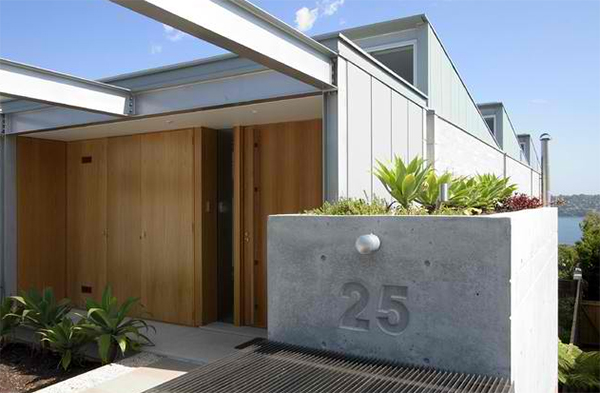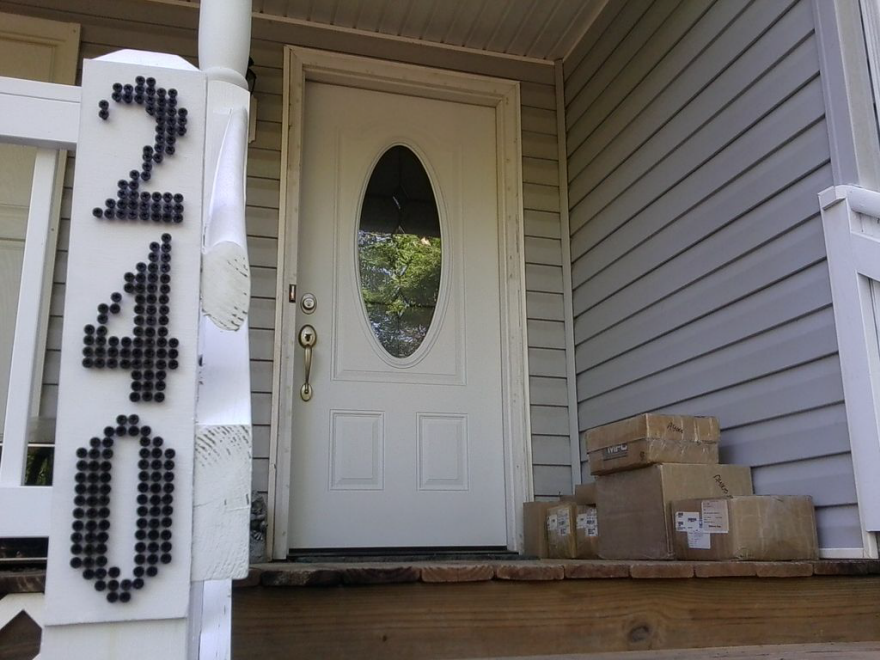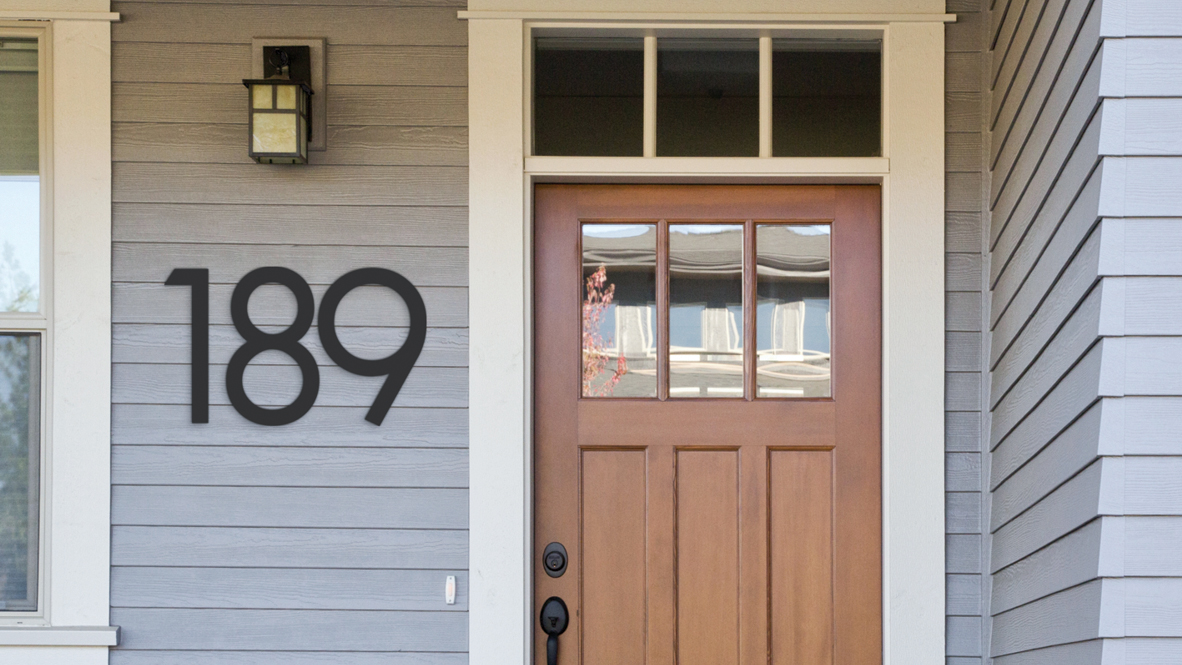Are you looking for ways to enhance your home’s curb appeal? It’s not surprising in the slightest that you are. After all, your house’ exterior is what most people see when they pass by so it makes sense that you want to spruce it up a little bit. When such decorations are underway, most people tend to focus on the greenery, mailboxes or walkways. While all that is important, there’s one crucial feature that is often overlooked. What is it, you may ask? It’s quite simple really, you should never underestimate the power of an appropriate house number for your home.

Think of it this way, how many times have you struggled to find the address of a friend or coworker? You’ve probably squinted your way through more times that you can count. More often than not, those numbers are placed in the most useless parts of the entryway that you can’t help but wonder why they’re even there. What’s the point of having a house number you can’t even see properly? Fortunately for you, we’ll make sure that you don’t end up being one of those people by giving you a complete guide on choosing a contemporary street number sign for house exterior decoration.
Where Should House Numbers Be Placed?
Sure, there are countless of placement options when it comes to house numbers but not all of them are equally practical. A general rule of thumb is to put them near your front door at eye level to make it easily readable. However, this means that you should be mindful of where you grow your greenery in the future. In other words, once you display your house number, you shouldn’t start seeding tall plants around that area.
If you find that too limiting in terms of how you want to organise your garden, you might want to consider putting the number on your front gate. In this way, you’ll make it quite visible without having to adjust your front yard design plans.
Another important thing you need to keep in mind is visibility at night. If you position your number in a poorly-lit location, your guests won’t be able to see it properly. Instead, find a place with ample, bright lighting to make things a whole lot easier. If you’re unable to do that, you can at least try to get reflective signs which will be more eye-catching in the dark.
How Do You Put Numbers on Your House?
Next up, we’ll be taking a look into the two main installation methods. Both of them serve the same purpose and are equally as effective so it’s essentially a matter of personal taste.

Screw on Numbers
This is perhaps the more common option of the two. Basically, you use several small screws to secure the sign into place. The downside is that you’ll probably have to drill holes in order to do all that so you need to decide whether you’re willing to go through with it.
Stick on Numbers
This is the simpler alternative. All you have to do is remove the sticky peel at the back to reveal the adhesive. Then you’ll press it gently onto the designated area and you’re all set. No need for drilling or screws or anything of the sort. Sounds simple enough.
What Size Do House Numbers Need to Be?
It’s highly likely that your city has a particular ordinance to keep all house numbers equally visible. Make sure you follow your community’s guidelines to avoid getting fined. If there’s no such rule in your area, then you should consider which sizing options are the most appropriate for your home. Typically, a house number that’s about 10 cm in size should be more than enough to be recognised from the street.

Additional Considerations
Last but not least, let’s have a look at some honourable mentions of things to consider when choosing a street number sign for house visibility.
Material
No one likes old, rusty numbers. They should be able to withstand the everyday wear and tear without falling down or losing their original form. For this reason, it’s a good idea to invest in house numbers that are made of durable materials, such as stainless steel or aluminium, both of which are bound to be at your service for a long time.
Font
You don’t have to go overboard when choosing your font. Sure, fancy cursive numbers do look unusual and luxurious at first glance but they can get pretty hard to read from a distance. Of course, no one’s stopping you from going all out with the font if that’s what tickles your stylistic side but bear in mind that you’ll be making it more difficult for guests or even emergency services to read it properly.

And it’s highly unlikely that you’ll be willing to settle for that. This is why your best bet is to stick to clear and simple designs that aren’t hard to read.
Colour and Contrast
The idea here is simple. Let’s say you’re looking to put number signs on a house with a dark exterior. Do you think that putting up dark digits are the smart way to go about it? Probably not. Similarly, it’s not advisable to use white digits if your home has a light outer layer. With that in mind, contrasting colours provide the biggest levels of readability so make sure you give it some thought.



